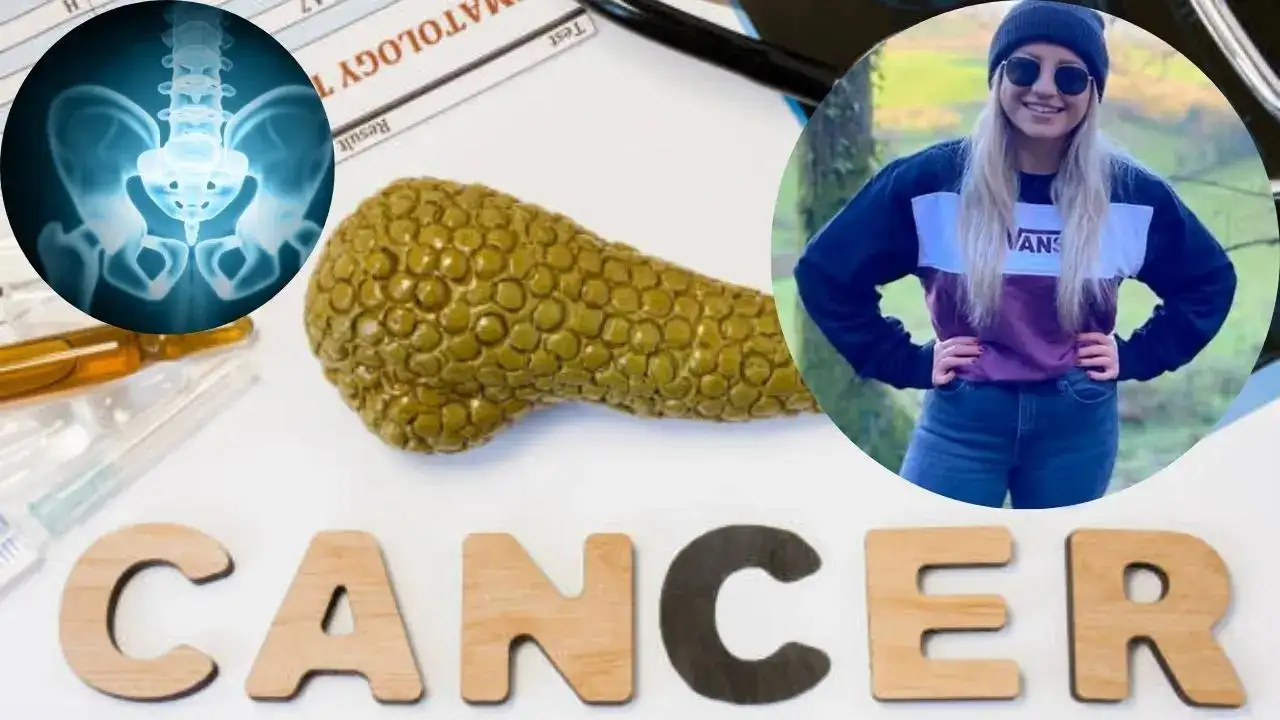
Despite undergoing treatment for months, Kate's condition deteriorated rapidly as the cancer had aggressively spread (Pic: The Independent/iStock)
A 25-year-old fit and athletic woman—whose lower back pain was misdiagnosed by the doctors—died of bone cancer less than a year after her tumour was finally discovered in the pelvis area.
Kate Drummond, a fitness enthusiast who used to run marathons, started experiencing back pain. She initially believed it was due to poor posture or too many workouts. However, her sister Kelly says when it spread to her hip a year later, she visited the hospital in Devon, where she was diagnosed with sciatica - a term used to describe pain that radiates down the leg, often along the sciatic nerve—along with numerous deposits on her spine. The doctors even told her that Kate was among the youngest patients with the condition they had seen.
However, after finding no respite from the treatments she was given, Kate underwent an MRI scan through private care, where she received the correct, life-altering news that she had a “grapefruit-sized” tumour in her pelvis—due to Ewing sarcoma, a rare cancer.
Despite undergoing treatments like chemotherapy and radiotherapy for months, her condition deteriorated rapidly as the cancer had aggressively spread to her lungs, liver, and other bones. Kate died less than a year after the initial tumour discovery. “When Kate’s tumour was found, it was large; they described it as grapefruit-sized, and it was suggested she may have had cancer in her body for up to two years,” said Kelly.
What is bone cancer?
Also known as sarcoma, bone cancer is the term for several different cancers that develop in your bones across the body. When cancer cells grow in a bone, they can harm normal bone tissue. Bone cancers can start in any bone, but they more commonly form in your thighbone, shinbone, upper arm, or even the spinal cord.
Cancers that form in the bone itself are called primary bone cancers or bone sarcomas. According to doctors, bone cancers are serious and require prompt treatment.
What is Ewing sarcoma?
Ewing sarcoma is a kind of rare bone cancer in which a group of rare tumours develops in soft tissues, especially in teenagers and young adults. According to doctors, the condition typically develops during puberty when young people’s bones are growing rapidly. Ewing sarcoma affects boys more often than it affects girls.
Signs and symptoms
While it may resemble common bumps or lumps and bruises on people’s arms, legs, and chest, a few distinct signs and symptoms include:
- Bone pain that comes and goes and seems to get worse at night
- Swelling in the tissue around bones
- Lumps near the skin’s surface that may feel warm and soft to the touch.
- High fever that becomes chronic
-
Broken bones happen without an injury.
-
Fatigue and unexpected weight loss
What are the risk factors for Ewing sarcoma?
Risk factors may increase the chance someone will develop a disease like cancer. Ewing sarcoma risk factors are things you cannot change or prevent, which include:
Age
While Ewing sarcoma can be developed at any age, more than 50 per cent of cases are diagnosed between ages 10 and 20 years.
Sex
Ewing sarcoma is more common in boys than in girls.
Race or ethnicity
People who are white are more likely to develop Ewing sarcoma than people who are Black or Latino.
Get Latest News Live on Times Now along with Breaking News and Top Headlines from Health and around the world.
